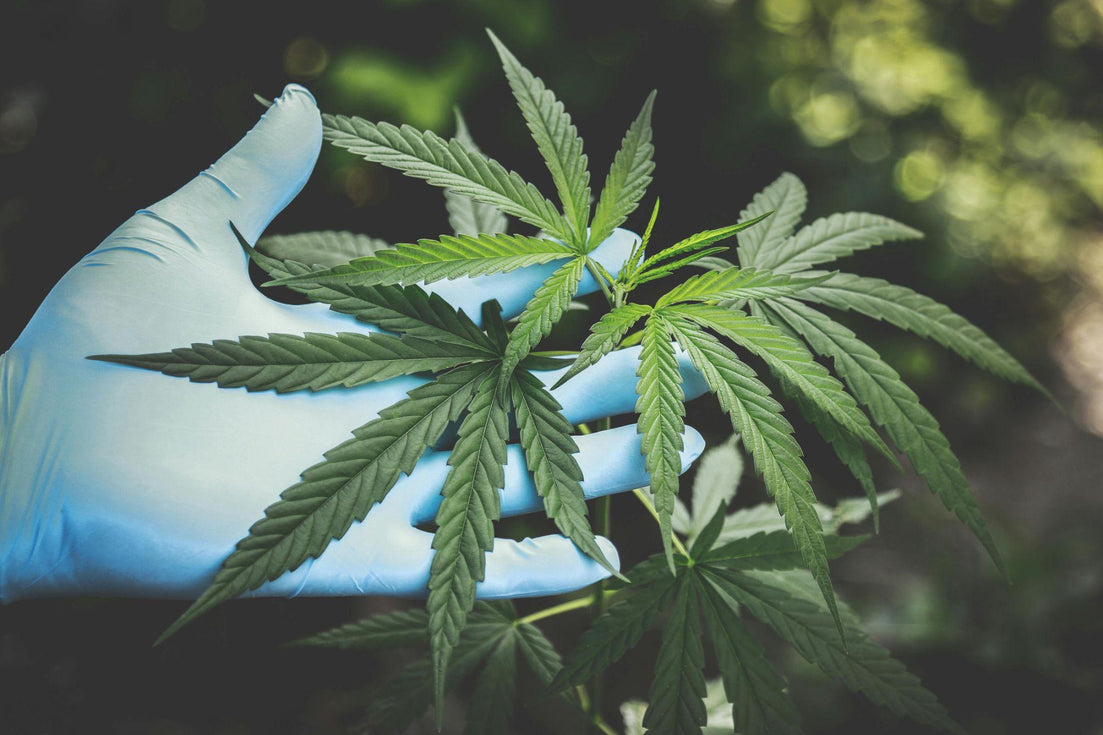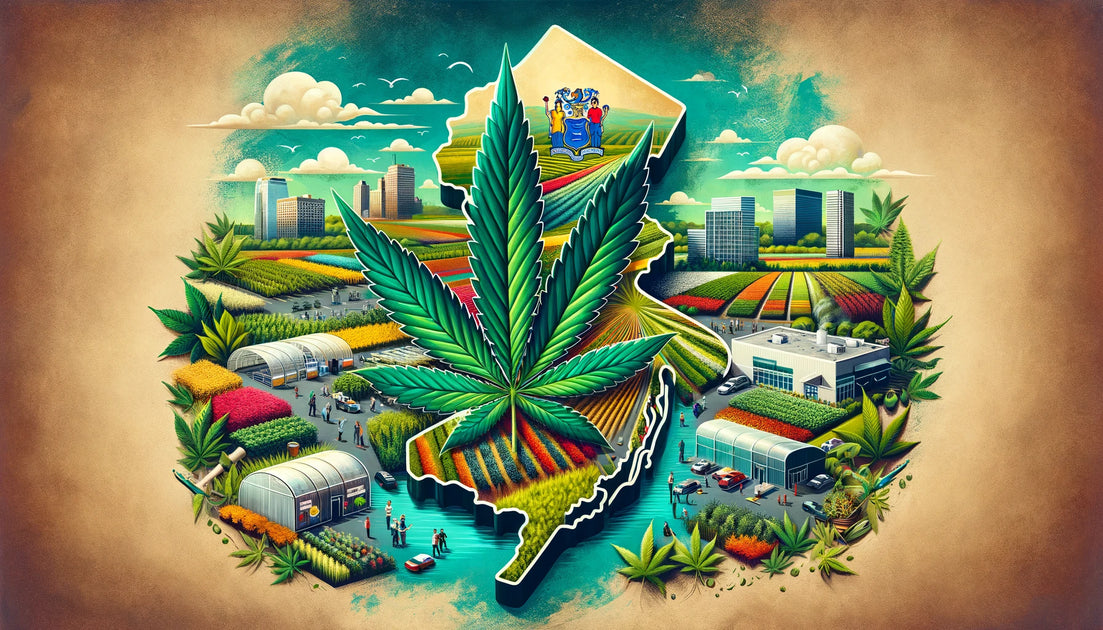Your cart is currently empty.

The rapid growth of cannabis users amount around the world can not be overestimated. If you’ve ever tried marijuana and you’re wondering how many people worldwide consume it, then you can count yourself a member of a very big company of almost 200 million people growing every year according to the World Drug Report 2019. It is not surprising that cannabis is getting more and more popular, using it gives consumers a lot of benefits. Depending on a strain it can give you the feeling of euphoria, calmness, and relaxation or on the contrary, it can boost your energy, creativity, concentration, and generally make you happy. About all the strains differences you can learn more on AskGrowers.
You must know,is Weed Vegan that cannabis is a plant, that contains different psychoactive and healing components and is used in recreational and medicinal purposes. It seems, that there is no way for cannabis to be not vegan, but there are some points you might want to know.
What Is Veganism?
According to The Vegan Society - “veganism is a way of living which seeks to exclude, as far as is possible and practicable, all forms of exploitation of, and cruelty to, animals for food, clothing or any other purpose.” Going vegan is becoming mainstream these days. It’s hard to count the number of vegans because there are different types of diets that are often mixed up with veganism, but we can say that there are approximately 75 million vegans in the world and the number is on the up. People measure the strictness of their veganism differently, but there is one common trait, all vegans keep diet based on plants and avoid all animal products.
Is All Weed Vegan?
If you go vegan, you always pay lots of attention to products you use, you check items’ composition and, if it is possible, check if it was produced without animal-based materials and choose only products that are not tested on animals. Weed seems to be a totally vegan thing, but have you ever thought about the ways of its growing?
At the first time, people who used cannabis didn’t have much of a choice and never thought about the fertilizers and chemicals used in its manufacture. The point is, animal-based elements are often used in agriculture. Fertilizers that are usually used in growing contain either chemical additives or metals. If you choose organic, which means not-chemical fertilizer, it would be most likely to contain bone or blood meal, made of slaughterhouse refuse.
The solvation of this problem is veganic, which means vegan and organic together, agriculture. The term has been coined by Geoffrey Rudd, the veganic activist in the late 1990s, but the system of growing has been practised much earlier. It involves growing different plat spices together to create a friendly microclimate. For example, planting clover and buckwheat next to cannabis helps to manage pests and insects, squash keeps the soil moist, and beans provide the soil with nitrogen.
People invoke to veganic agriculture in growing marijuana due to some reasons. First of all, it is organic and healthy. One more reason to use non-animal-based materials in agriculture is the way how Concentrated animal feeding operations treat animals. Lots of animals are kept together without the opportunity to move there. Moreover, they are usually given antibiotics, and according to Alisha Utter, a member of The Agroecology and Livelihoods Collaborative, plants can take in antibiotics from the earth, which can influence consumers later. One of the greatest vegan cannabis growers Kyle Kushman, who has one more than ten Cannabis Cups and other cannabis awards, is concerned about the pollution contaminated from wild animals-derived products. He is also worried about animal-based products’ influence on the soil PH level. Kushman claims, that if you want to try growing cannabis indoors, the best choice for you is veganic fertilizers. When he tried veganic ways of growing marijuana, he was deeply surprised by its improved qualities, after that he even started Vegamatrix, a line of veganic fertilizers and nutrients.
How vegan weed differs from non-vegan?
After growing cannabis with veganic nutrients, Kyle Kushman found out that the level of harmful elements like arsenic, cadmium, mercury and lead has fallen 1000 times in comparison with plants grown in other ways. Users also can feel a real difference in the taste. Kushman says that vegan weed has cleaner smoke, the smells are more distinctive, the taste is better because there is no impurity or metals in it.
Kyle Kushman and others believe that veganic cannabis provokes less cough. It doesn’t produce noxious fumes, that usually cause canna coughing. Consumers admit not only better taste, but also the colour of smoke changes. Vegan weed, when the joint paper is burning, gives white smoke and ash while smoking cannabis grown with commercial nutrients gives black or grey smoke. Generally smoking vegan marijuana is a much smoother and pleasant experience.
Ways to consume for vegans
-
Smoking veganic cannabis
No doubt it is the most popular way of consuming weed. You just need to ask at your dispensary for veganic strains. One of the most popular is Strawberry cough made by Kyle Kushman. It is Sativa based weed with 17,5% THC known for the smell of fresh strawberries. Users report that it is smooth and potent. Another strain to use if you are a vegan is Veganic Starkiller - Indica based hybrid with 18-20% THC and with a pineapple flavour. There are also 4 phenotypes of Vegan Safari strain and others.
When you’ve chosen a strain to use, you can choose different methods. It is possible to take an inhalation through the hand pipes, water pipes, rolling papers and bongs. -
Vaping
This is one more way of inhalation, but this one is safer. A vaporizer is a good choice for those, who are concerned about health troubles. Vaporizers heat dried plants to the point when THC, CBD and other cannabinoids extract, but not enough to activate harmful elements. So essentially you get all benefits with minimum risks for your health. The choice of these devices is really diverse. There are smaller vape pens that can be used anywhere and can be fitted right into a pocket. Another type of vaping is dabbing, in this case, a cannabis concentrate is propped on a heated nail, making vapour that goes through the glass shaft and then inhaled. You can choose a way that fits you better.
Vegan cannabis edibles
The oral delivery method of using cannabis differs much from smoking or vaporizing, it doesn’t enter the bloodstream, but it goes towards the digestive tract. Any food or drinks containing cannabis can be called cannabis edibles. This way of consumption is highly popular, it takes some time to feel the effect, from 30 minutes to an hour, but then it lasts longer, sometimes even up to 12 hours, because body accepts the marijuana effect in waves.
Usually, in edibles cannabis is contained in high-fat ingredients like butter or oil. So if we are looking for vegan edibles, we exclude a big part of edibles on the market. But fortunately, there are still some brands that give vegans an opportunity to taste cannabis cookies, cupcakes, chocolate bars, macaroons, peanut butter, sweets and vegan CBD gummies.
Home-made vegan cannabis recipes
There are two ways to cook edibles: using CBD oils or making cannaoil, cannamilk or cannabutter using marijuana. Heating processes in cooking activate cannabinoids and its psychoactive elements. You can cook any dish, bake cakes, brownies, cookies or other if you have this special fat ingredient containing cannabis. So here you can find recipes of homemade cannamilk and cannabutter.
Cannamilk recipe:
Ingredients:
6-9 grams (0,2-0,3 ounce) cannabis plants3 cups of vegan milk (soy, coconut or other, make sure it has enough fat because cannabis must cooperate with fat to be effective)
Instructions:
- Line a baking sheet with foil and preheat your oven to 240ºF (115°C). Grind marijuana, spread it on a baking sheet and bake it in the oven for 40-50 minutes until it becomes dry and brown. This heating process calls decarboxylation, during it cannabis activates its effects.
- Take a pan with milk and put your decarbed cannabis in it. Set the pan on the stove and let it simmer over low heat for an hour, whisk it from time to time and don’t let it boil.
-
Strain your milk through the cheesecloth to get rid of marijuana leftovers.
Your cannamilk is ready! Now you can cook vegan canna milkshakes, biscuits and actually any dish that includes milk.
Cannabutter recipe:
Ingredients:
- 2 cups of coconut oil (or vegan fat)
- 14 grams (0,5 ounce) of cannabis
Instructions:
1. Decarboxylate your cannabis. Bake it in the oven at 240ºF (115°C) for 40-50 minutes until it becomes dry and brown.
2. Melt coconut oil (or vegan fat) in a saucepan.
3. Add your decarbed weed to the butter and let it simmer for three-four hours, making sure it is not boiling.
4. Strain your butter through the cheesecloth to get rid of marijuana leftovers.
Your cannabutter is ready for consumption. Now you can cook any recipe that needs butter. It can be a cake or even vegan canna pasta!
Conclusive word on cannabis for vegans
To sum up, we can surely say, that marijuana consumption can be totally vegan and as the numbers of cannabis users and vegans rapidly grow every year there is no doubt that vegan weed is also getting more popular. To exclude any animal products firstly you need to choose an appropriate strain, that was grown by the means of veganic agriculture without using any animal-based materials. And then it’s the right time to choose the method of consumption, you can smoke, vaporize it or even cook a dish including homemade cannabutter or cannamilk. Or otherwise, you can just buy some special vegan edibles like CBD gummies or cookies.



